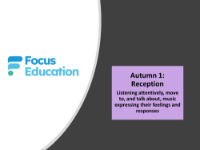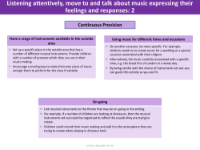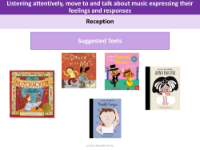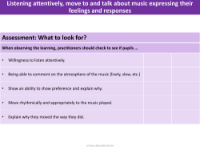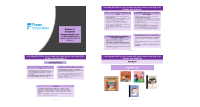Listening attentively, move to and talk about music expressing their feelings and responses - Lesson
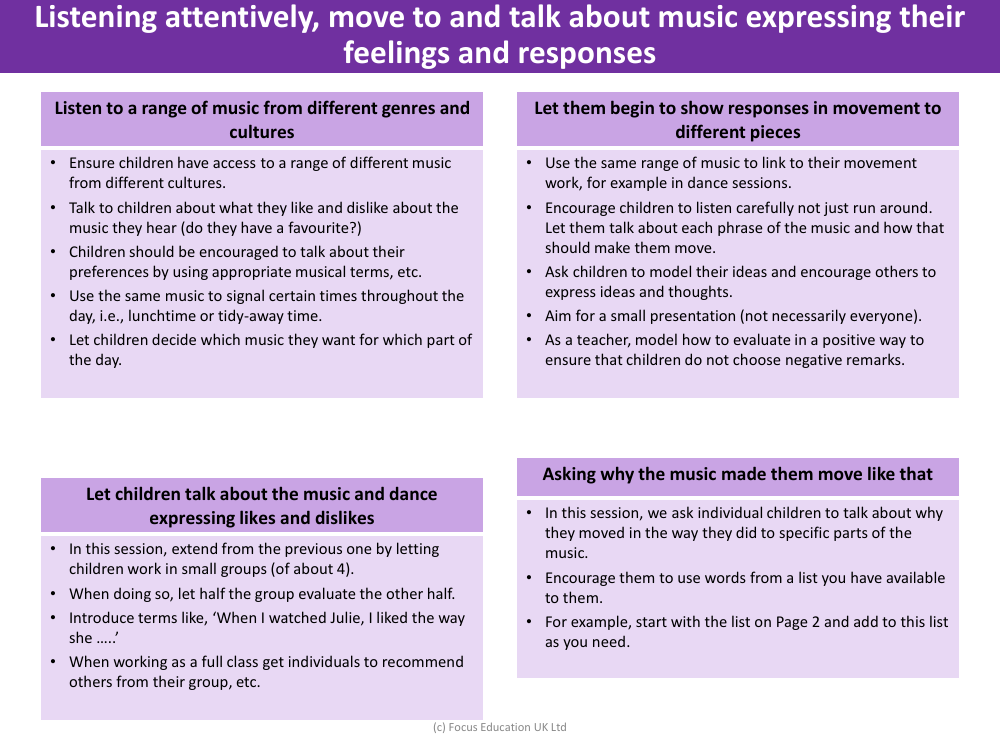
Music Resource Description
The lesson aims to develop children's ability to listen attentively and express their feelings and responses through movement and discussion when engaging with music from various genres and cultures. Teachers are encouraged to provide children with access to a diverse selection of music, prompting them to explore their likes and dislikes and articulate their preferences using appropriate musical vocabulary. The music also serves a practical function, signalling transitions in the school day, such as lunchtime or clean-up time, with the children being given the autonomy to choose the music for these occasions.
Children are then guided to connect their auditory experiences with physical expression, using the same music selection to inspire their movements, particularly during dance sessions. They are taught to listen intently to each phrase of music, discussing how it influences their movements and sharing their interpretations with peers. The goal is to create a small presentation where children can model and evaluate their movements in a constructive manner, avoiding negative criticism. In small group activities, children practice giving positive feedback, using phrases like "When I watched Julie, I liked the way she...". This exercise not only fosters appreciation for music and dance but also encourages the use of specific vocabulary to describe their experiences and the emotions evoked by the music.
